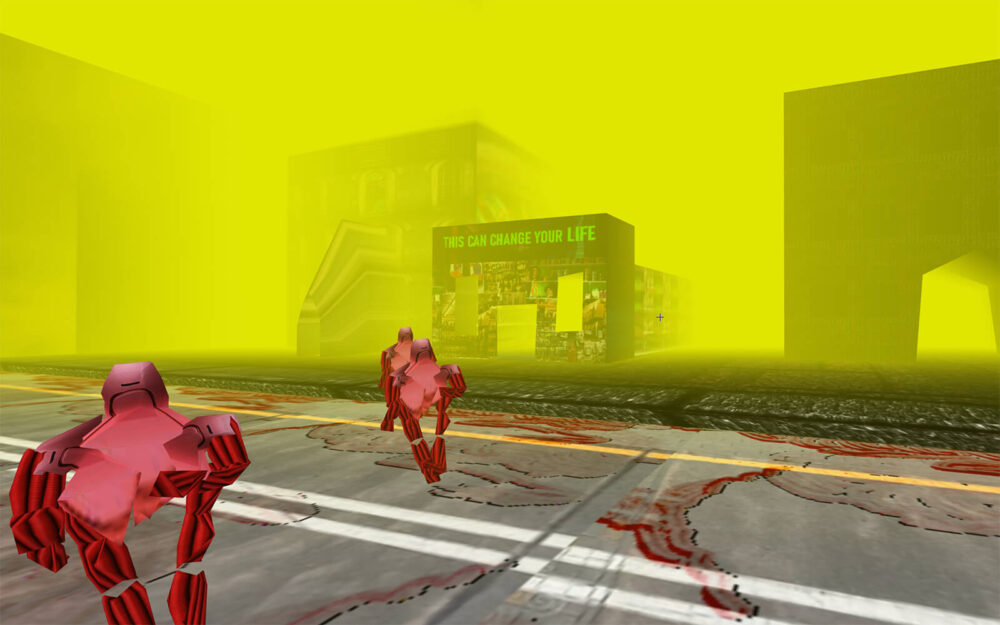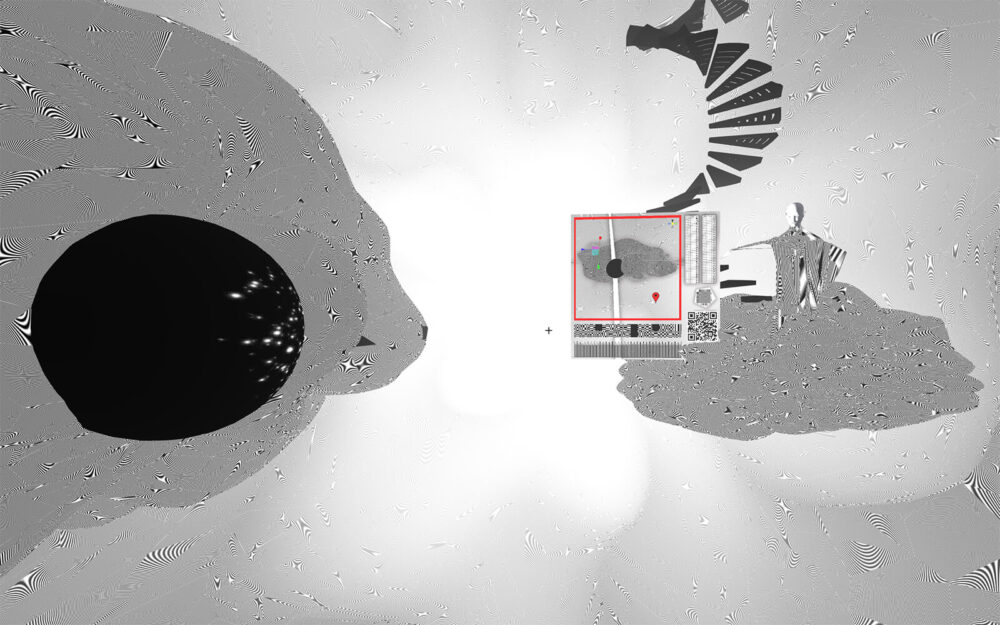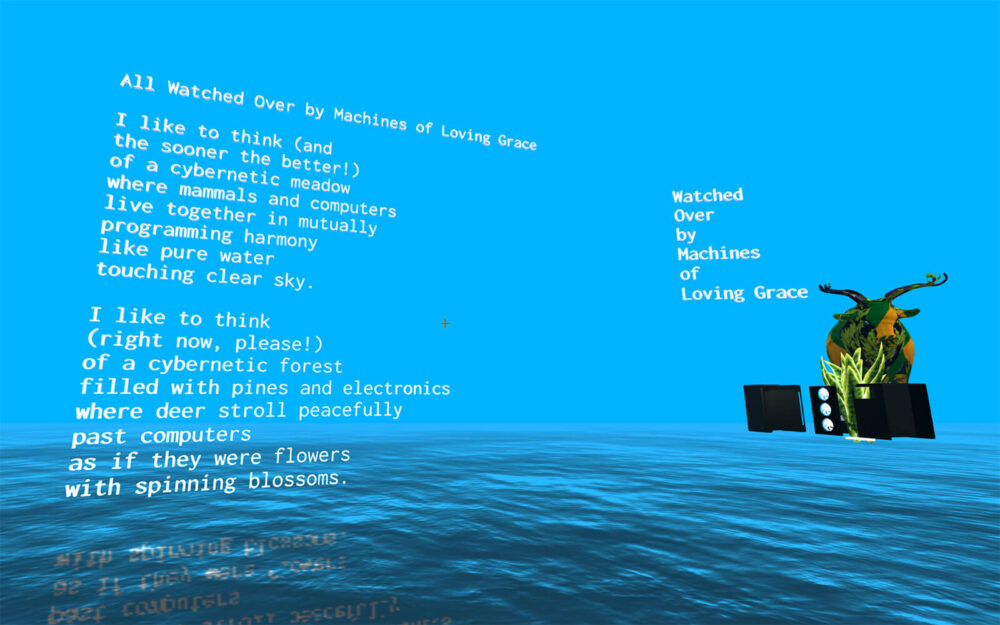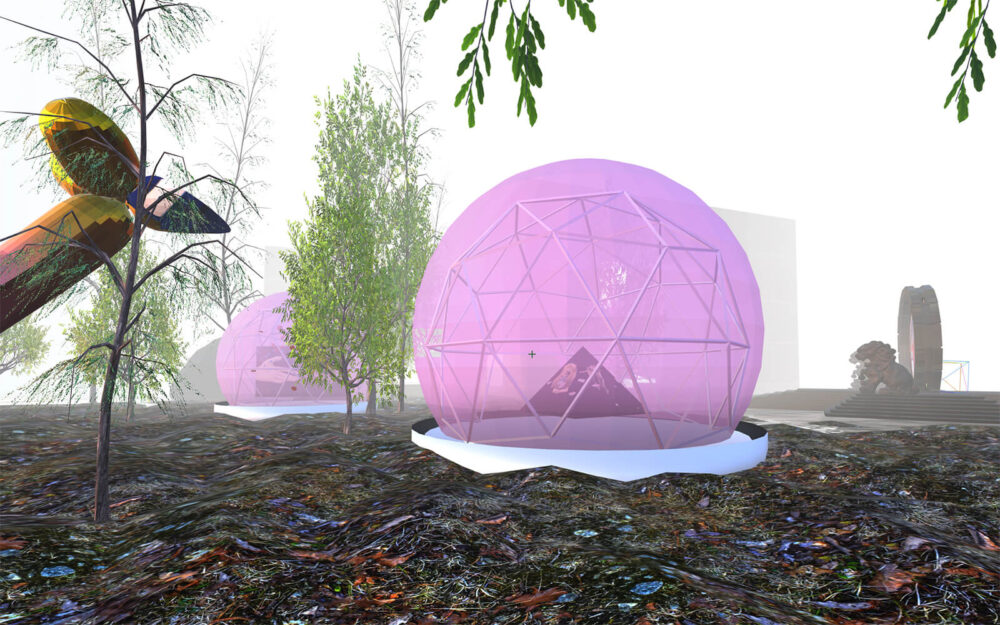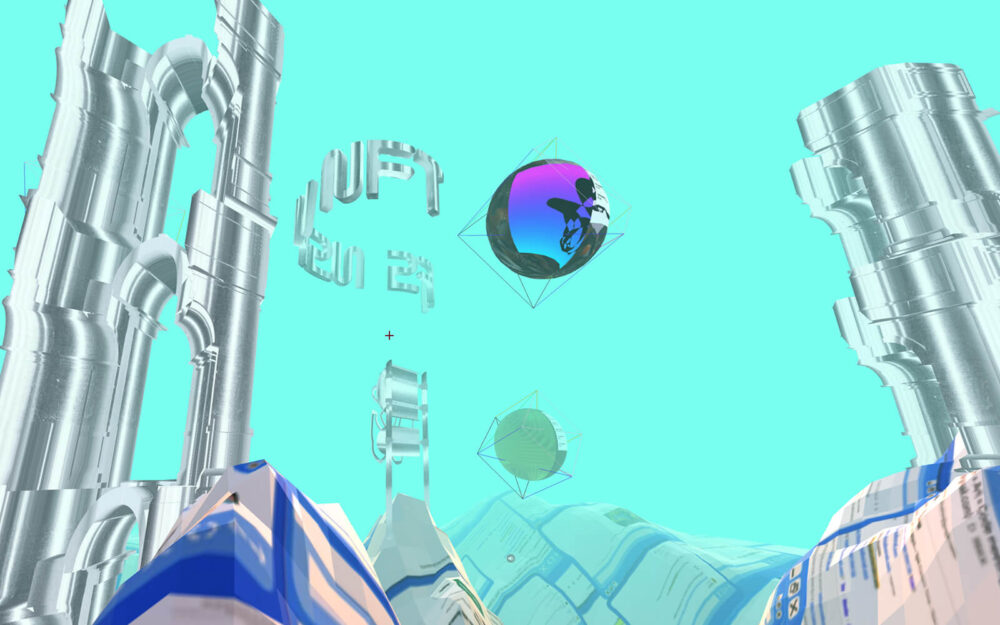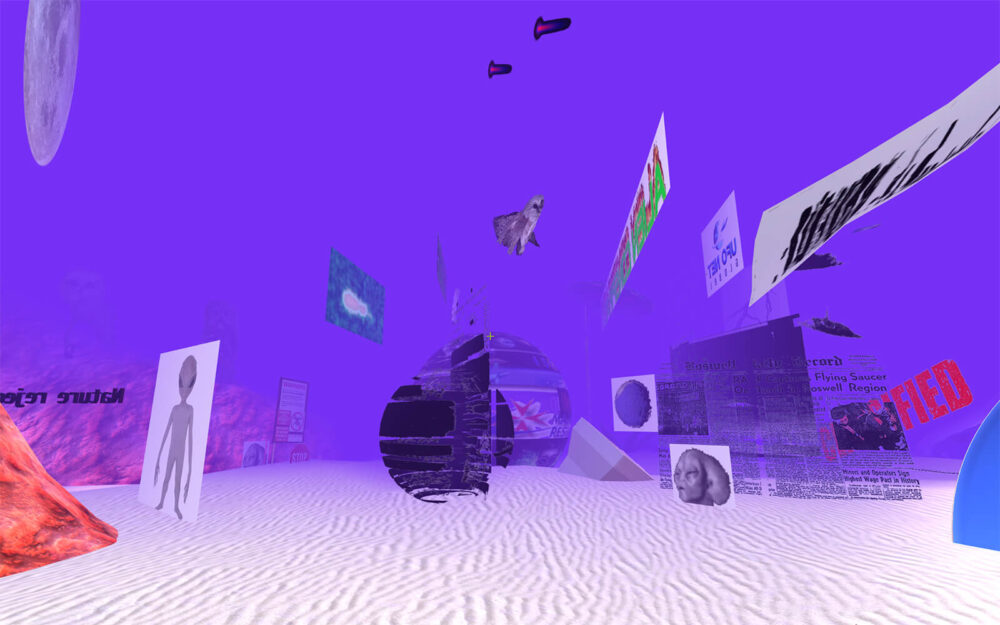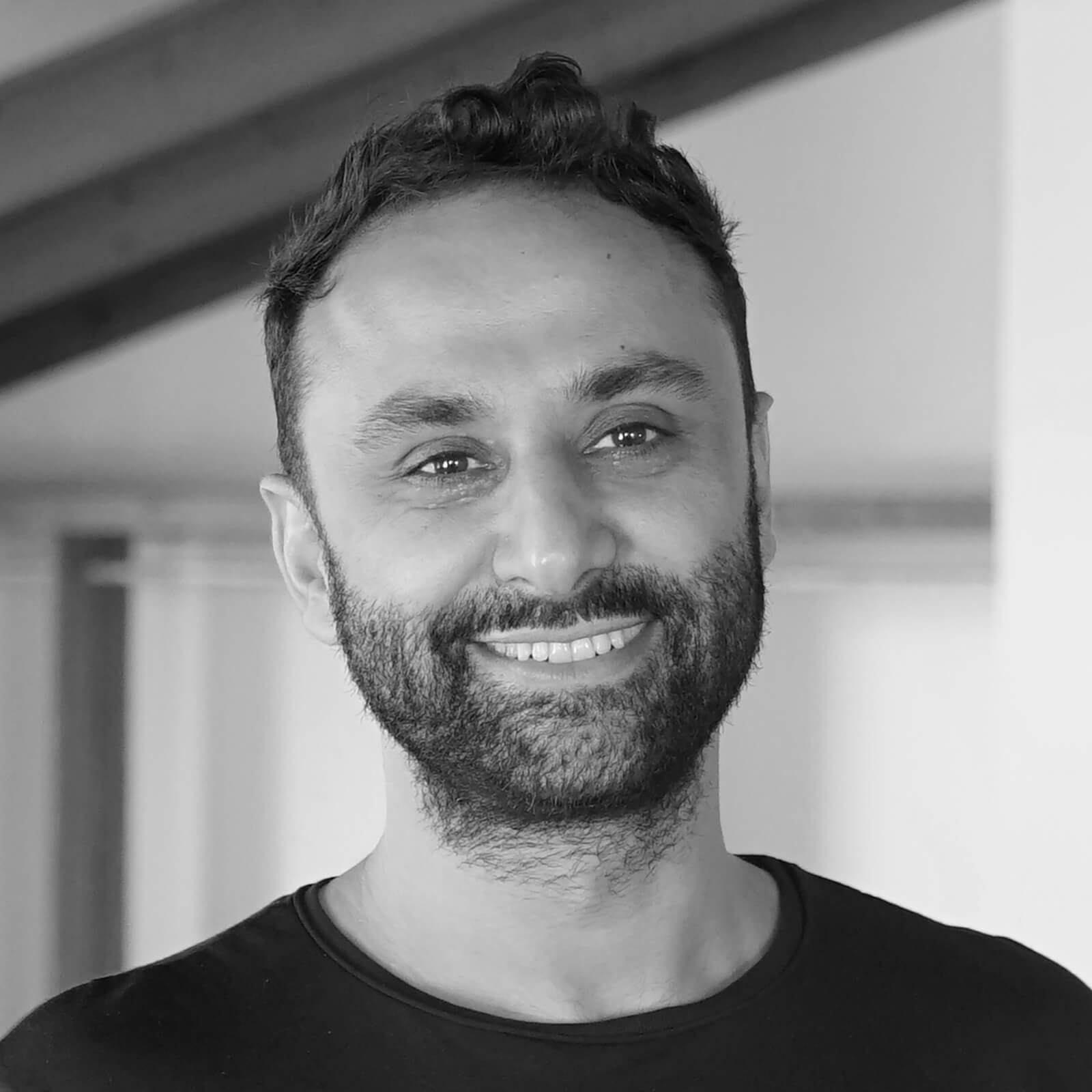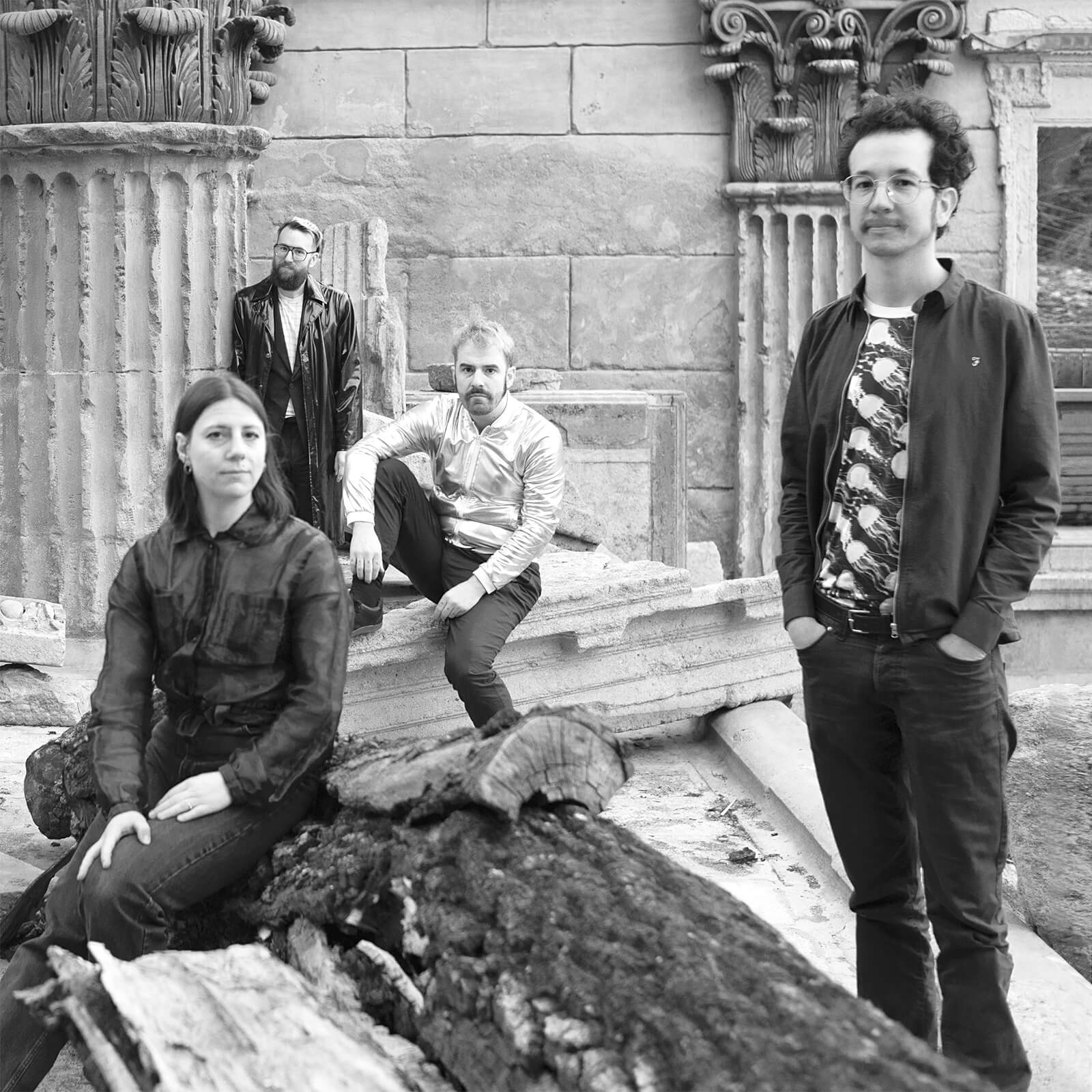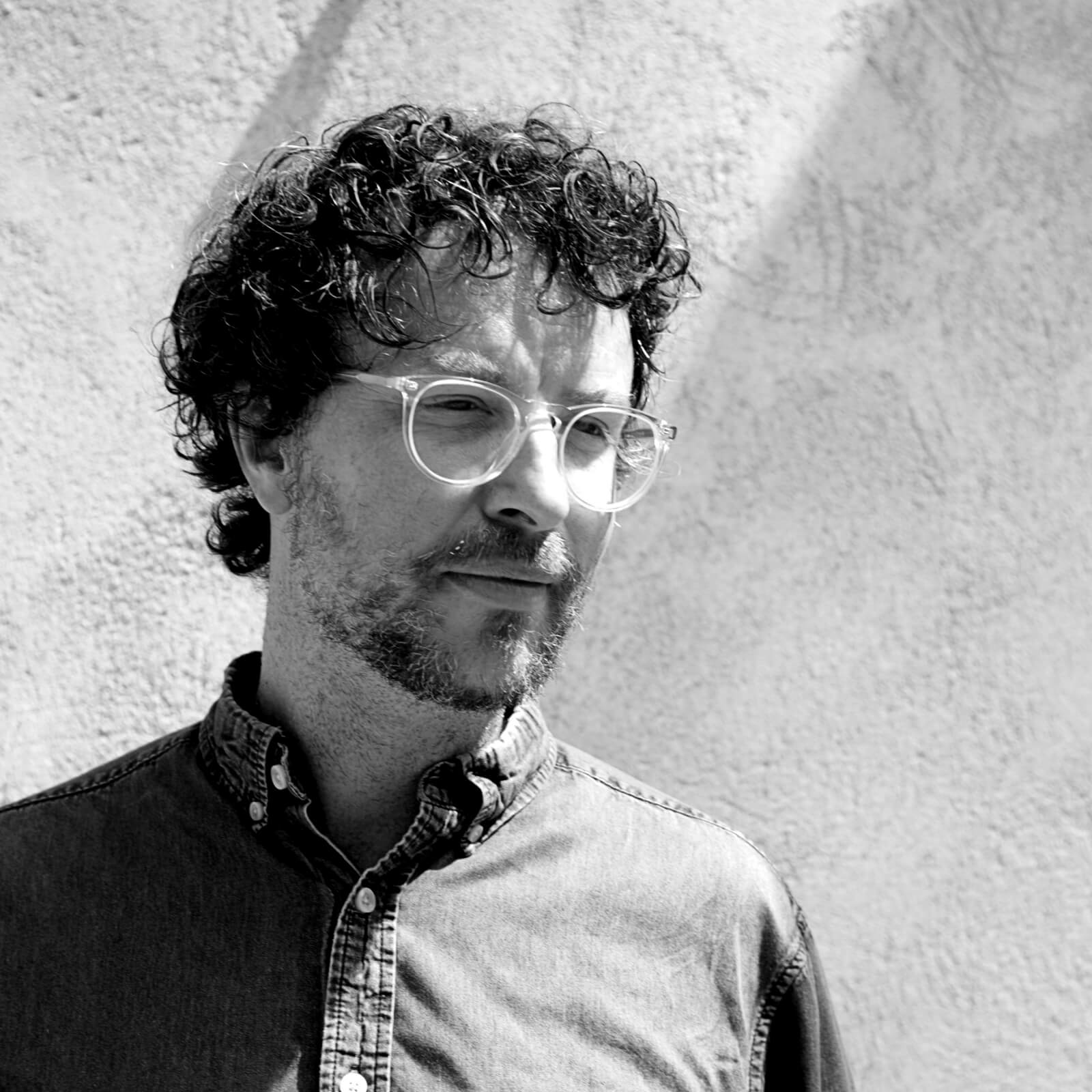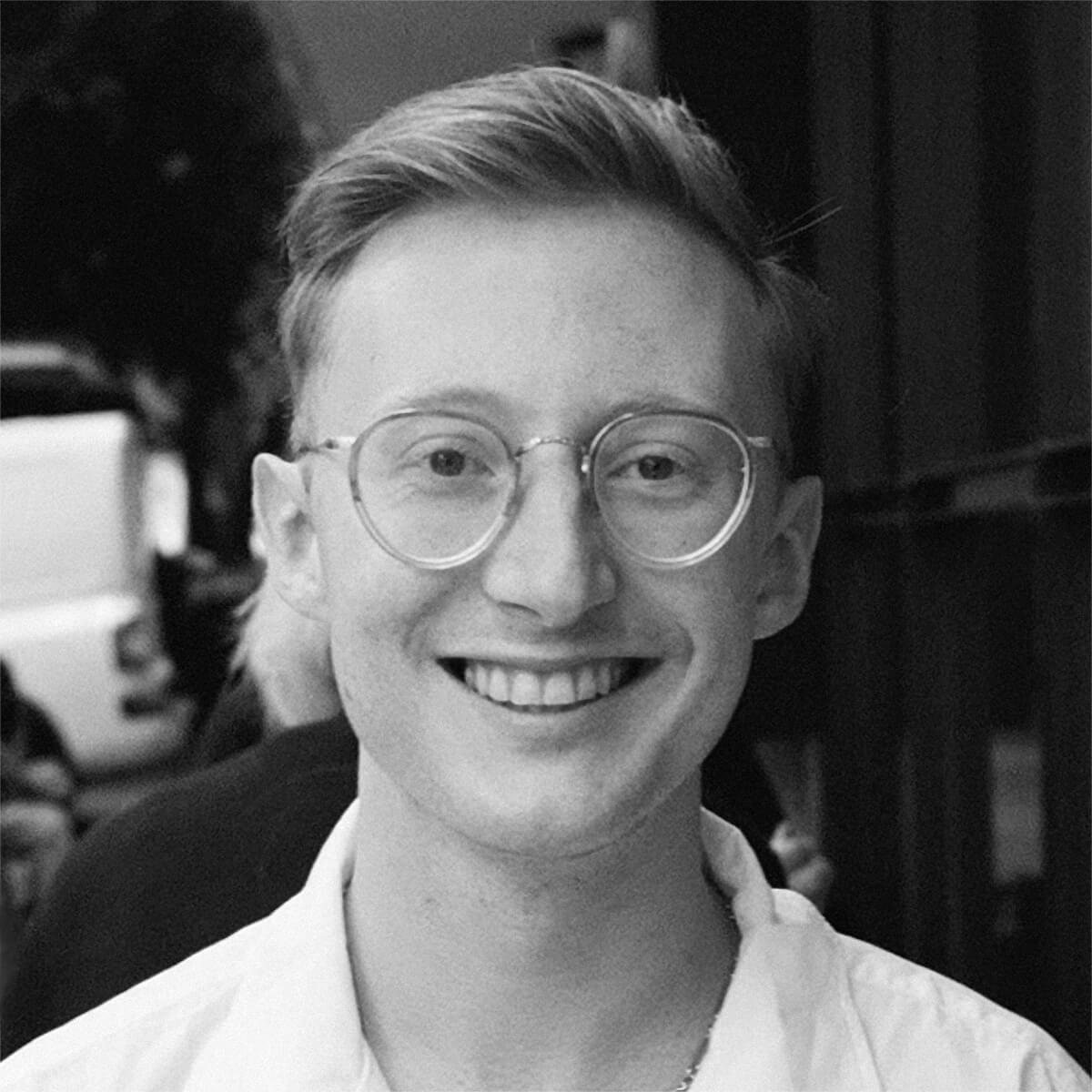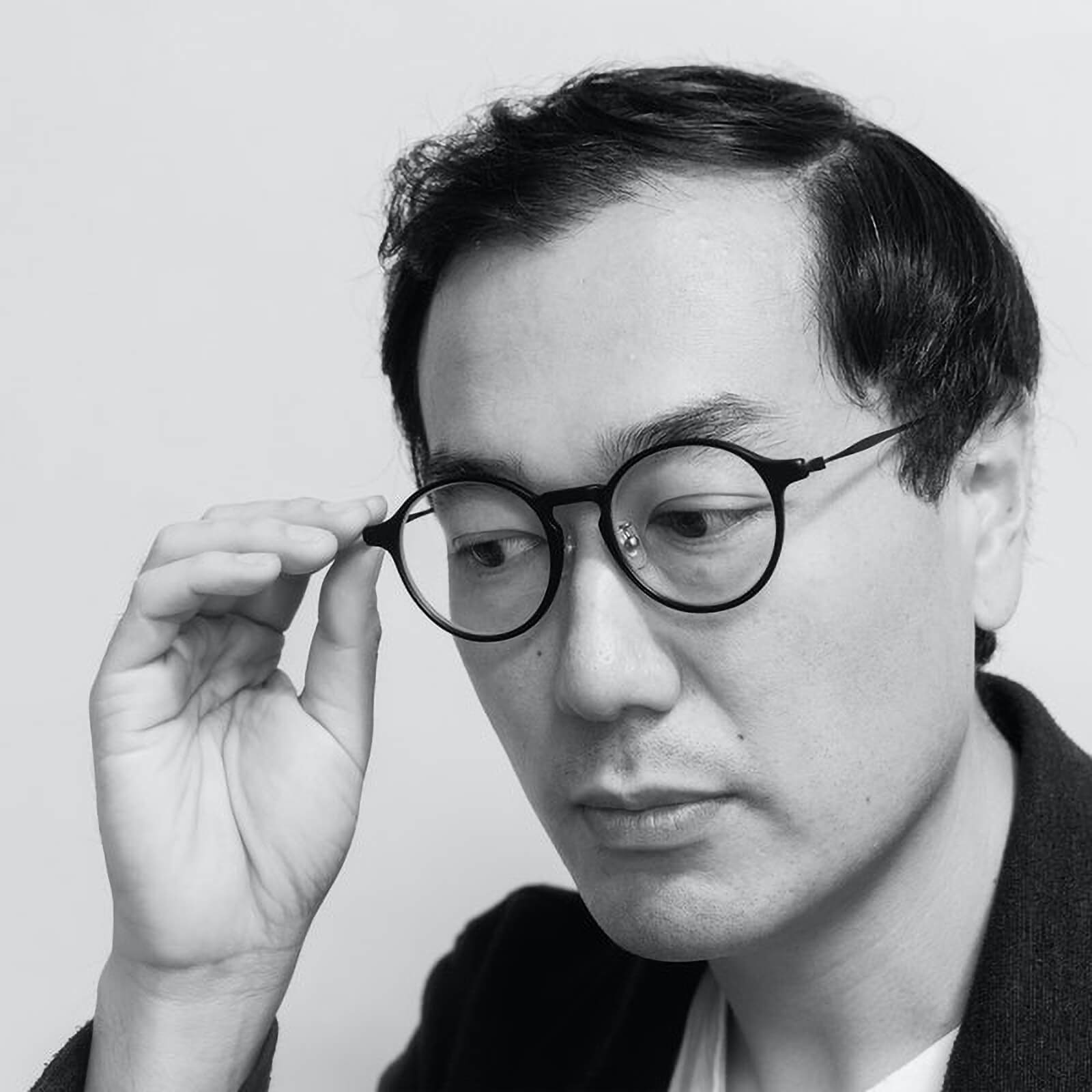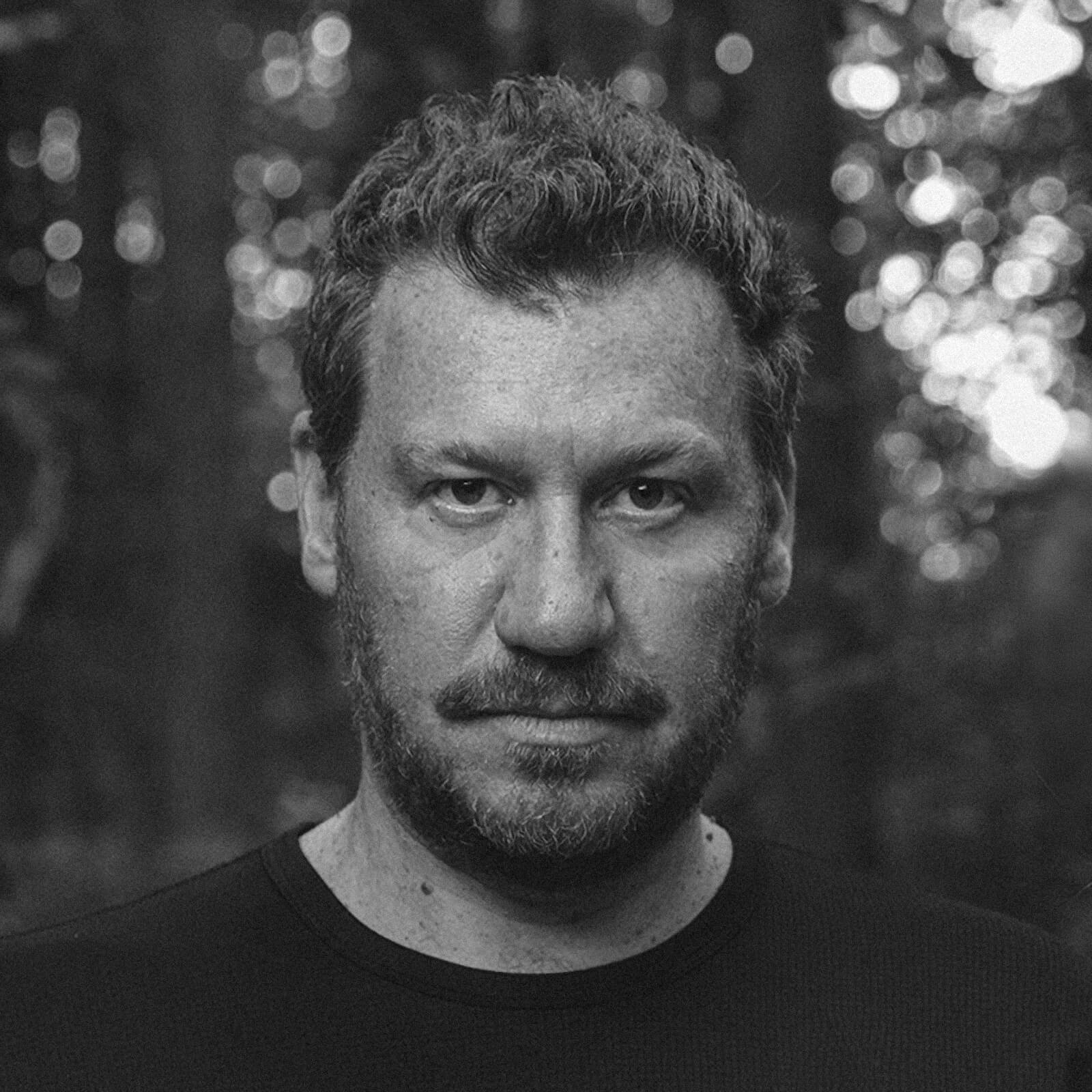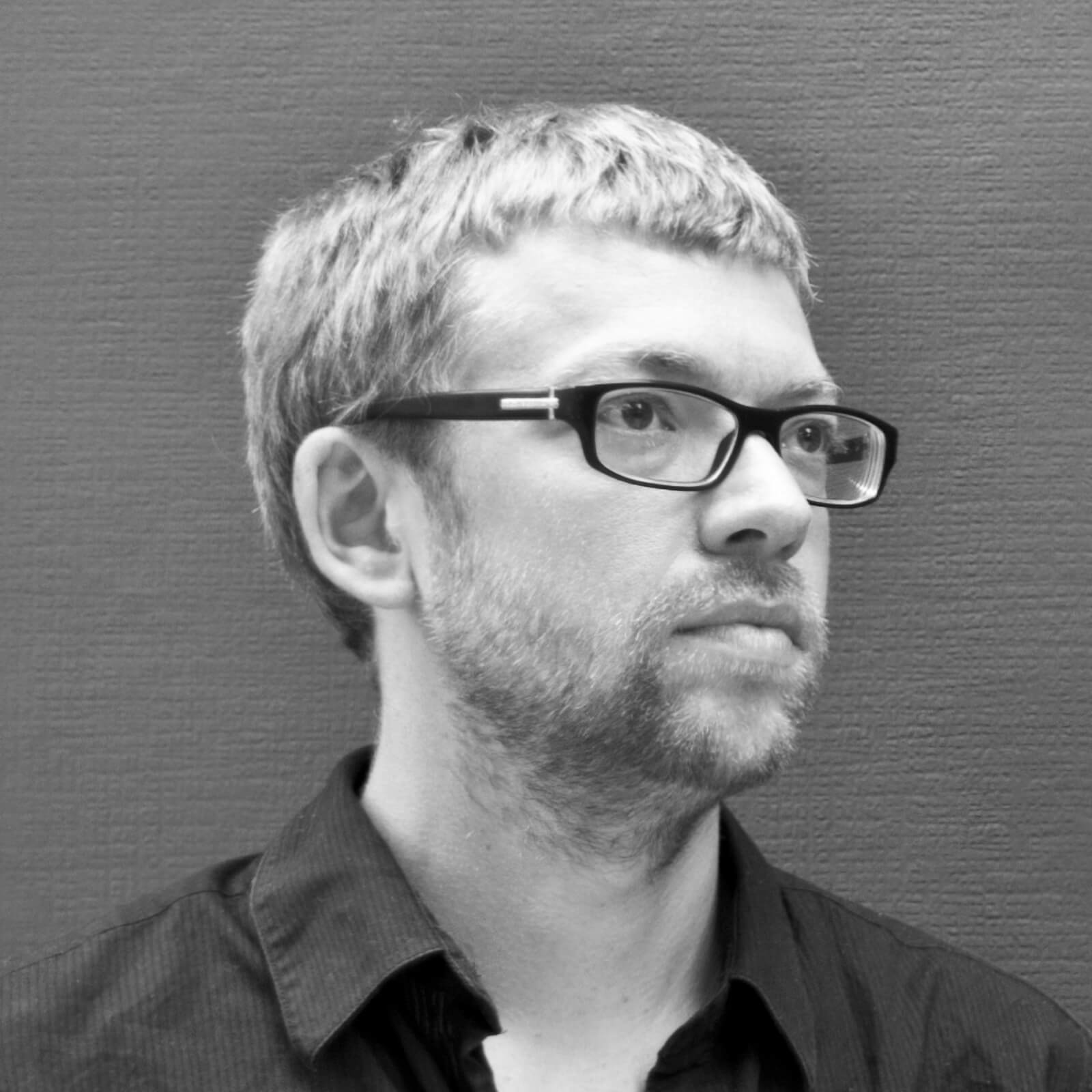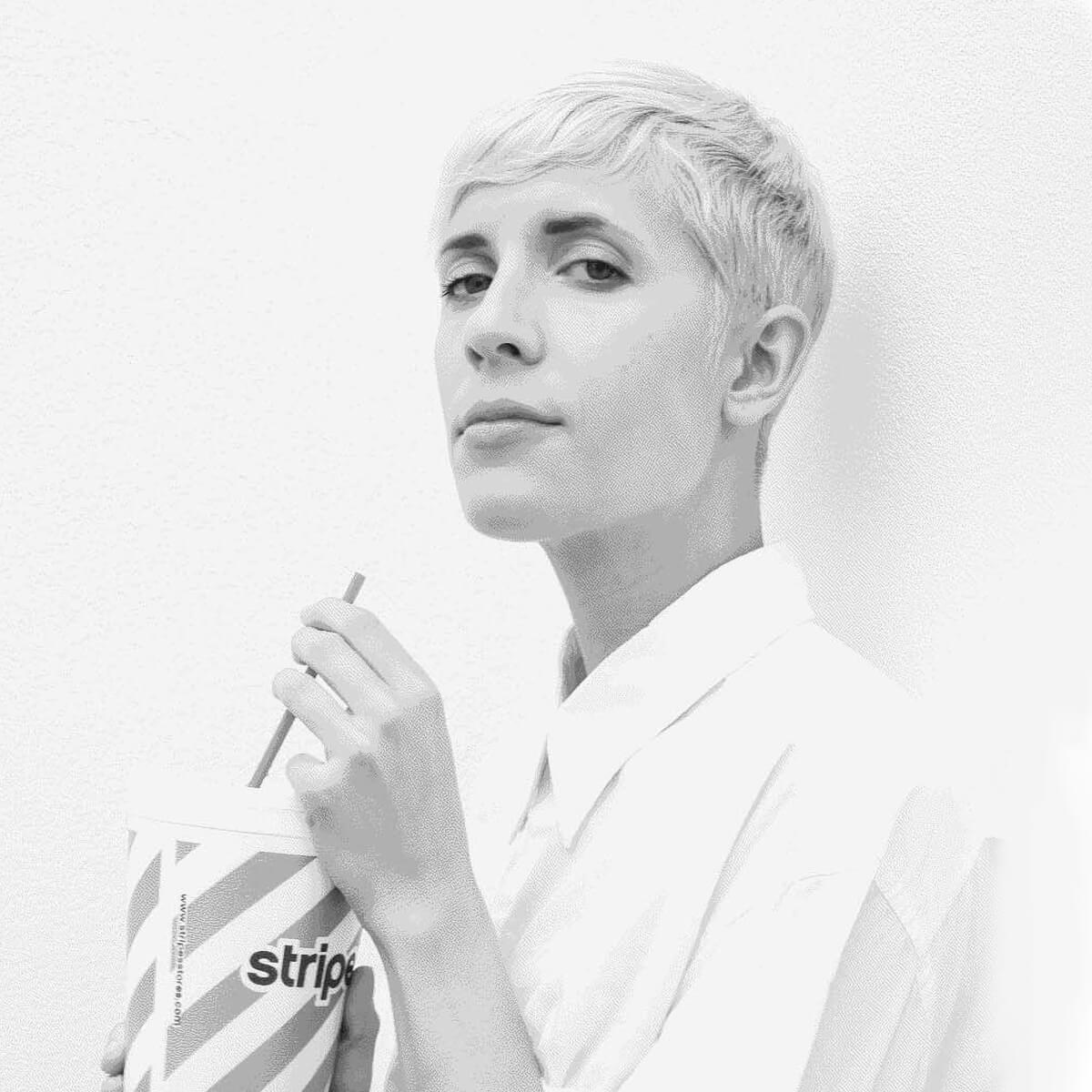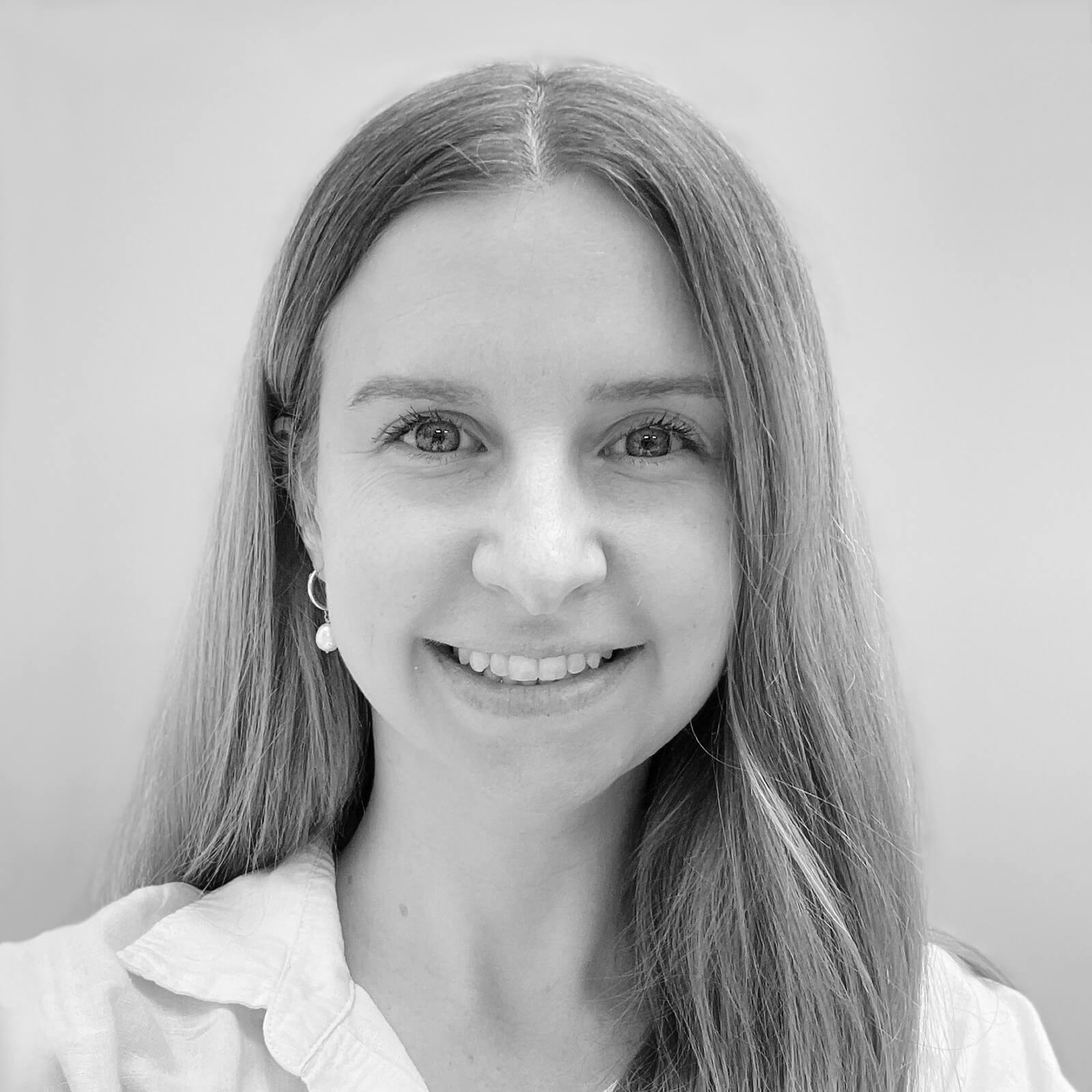What Just Happened: New Art City Virtualizes The Gallery, Abolishes Gatekeepers, and Increases Access
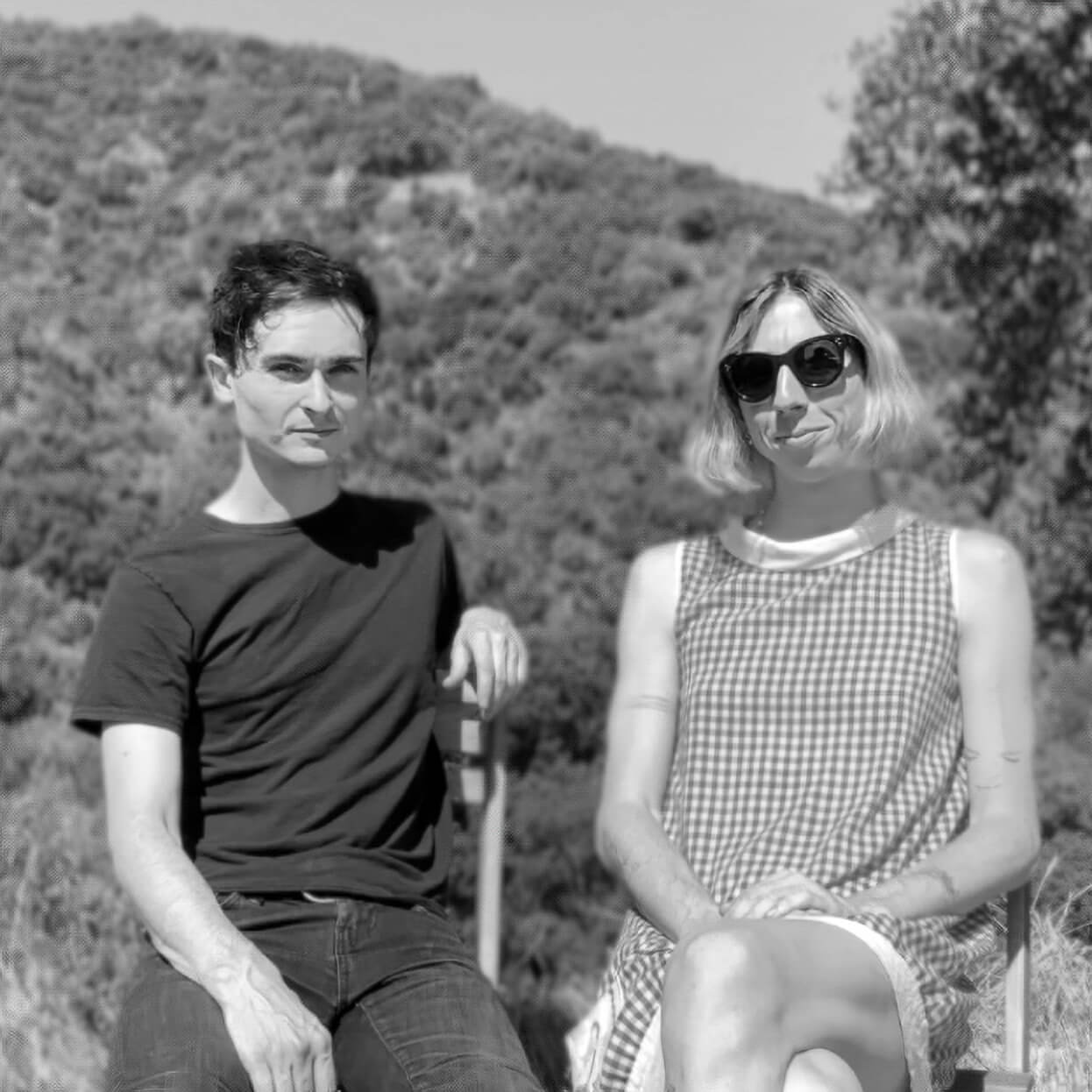
New Art City is an artist-run virtual space founded in 2020 by Don Hanson and Sammie Veeler (image), and Benny Lichtner. Their browser-based tool for building 3D multiplayer websites supports a vibrant global community of artists, educators, and institutions. As an artist-run company, New Art City is redistributive by design, transferring knowledge, space, money and visibility from those who have it to those who don’t. This year, they formed a non-profit research unit called Virtual Access Lab in partnership with Gray Area to further advance their goals of web accessibility and preservation of digital culture.
This summer, artist-run virtual space New Art City (NAC) mounted their third annual festival. Entitled “MEMORY CARD,” the browser-based ‘festival grounds’ links to artist-guided tours of some of the standout shows from the astonishing 175 mounted on the platform since it launched during the pandemic. Co-instigators Don Hanson and Sammie Veeler describe NAC as an “accessible toolkit for building virtual installations that show born-digital artifacts” (alongside standard audio and video file formats), but that sound bite undersells how weird and experimental artists and curators are getting with their shows. Expanding on themes discussed by Veeler in a Open Source Arts Contributor’s Conference talk earlier this year, the duo debriefs HOLO on NAC’s origins, rapid growth, and the road ahead.
Q: New Art City saw meteoric growth during the pandemic when cultural institutions and art schools scrambled to ‘pivot online.’ What did servicing that crush of 150,000 visitors in your first year look and feel like inside your (then) nascent gallery?
A: It was one of the most exciting periods of our lives! It felt like cramming five years of experience into a single year, and it was so enriching to meet such a wide cross-section of artists across every discipline and geography. These connections formed lasting friendships and professional relationships that still impact us today. We were (and are) all beginners together. Everyone had to pivot to virtual, and nobody really knew how to do that. New Art City became this perfect vantage point to see a tonne of experimentation happening in every corner of the art world.
We were founded within San Jose State University, where Don was doing his MFA, and students have been a regular presence on New Art City ever since. Educators loved New Art City as a remote tool at that time, but we’ve been pleasantly surprised that it remains heavily used in art schools today as a site of interdisciplinarity for students working across media. Students are the best beta testers ever—it was so fun to witness their creativity and enthusiasm.
We were very overt about our values on our website, so when we spoke to institutions, they tended to share those values and support us. We developed a reputation with artists for our inclusive atmosphere, and so we’ve had a steady stream of amazing proposals over the years. We also got to divert a lot of the money we earned from institutions back to artists through commissions and the residency program.
In that first year, we made a point of speaking to every artist who contacted us. At that time, there was no public signup flow—folks had to send us an exhibition proposal in order to get space. It was fascinating to get inquiries from individual artists who spoke from this posture that reflects how they experience art institutions: cold, gatekept, scarce. It was gratifying to respond in a way that dashed that expectation.
We were founded within San Jose State University, where Don was doing his MFA, and students have been a regular presence on New Art City ever since. Educators loved New Art City as a remote tool at that time, but we’ve been pleasantly surprised that it remains heavily used in art schools today as a site of interdisciplinarity for students working across media. Students are the best beta testers ever—it was so fun to witness their creativity and enthusiasm.
We were very overt about our values on our website, so when we spoke to institutions, they tended to share those values and support us. We developed a reputation with artists for our inclusive atmosphere, and so we’ve had a steady stream of amazing proposals over the years. We also got to divert a lot of the money we earned from institutions back to artists through commissions and the residency program.
In that first year, we made a point of speaking to every artist who contacted us. At that time, there was no public signup flow—folks had to send us an exhibition proposal in order to get space. It was fascinating to get inquiries from individual artists who spoke from this posture that reflects how they experience art institutions: cold, gatekept, scarce. It was gratifying to respond in a way that dashed that expectation.
“At that time, New Art City had no public signup flow—folks had to send us an exhibition proposal in order to get space. It was fascinating to get inquiries from individual artists who spoke from this posture that reflects how they experience art institutions: cold, gatekept, scarce. It was gratifying to respond in a way that dashed that expectation.”
Q: What NAC exhibitions would you recommend to someone who has never used your toolkit to demonstrate what it is capable of?
A: New Art City is special because of the hundreds of exhibitions hosted here, no two are alike. Virtual spaces are not substitutes for physical spaces, they’re an opportunity for artists to depart from the conventions of the physical world and design experiences that could not exist in any other format.
Here is an incomplete chronology of highlights: Rosa Menkman’s “The BLOB of Im/Possible Images” (2021) showed us how the screen can deceive our eyes via a world populated with weird resolution artifacts; Danielle Brathwaite-Shirley’s “City of Dreams” (2021) is an incredible survey of her browser-based works within environs steeped in the PlayStation 2 haunted demo disc aesthetic; Output Field’s “Skin Garden” (2021) showcases NAC’s interdisciplinarity, bringing together tattooers, sound artists, and 3D artists; NEW INC & Rhizome’s Art & Code Track yielded “NFS NSFW NFT” (2021), a timely investigation of NFTs as a new medium during the height of the boom; Wade Wallerstein and Sammie collaboratively built “Worlding Protocol” (2021), a great example of a large-scale festival presenting virtual works across many less accessible formats; and “Watched Over By Machines Of Loving Grace” (2022) was mounted by Henrique Fagundes, our first artist in residence and a longtime NAC artist, who offered a intimate, speculative, and critical narrative experience.
Here is an incomplete chronology of highlights: Rosa Menkman’s “The BLOB of Im/Possible Images” (2021) showed us how the screen can deceive our eyes via a world populated with weird resolution artifacts; Danielle Brathwaite-Shirley’s “City of Dreams” (2021) is an incredible survey of her browser-based works within environs steeped in the PlayStation 2 haunted demo disc aesthetic; Output Field’s “Skin Garden” (2021) showcases NAC’s interdisciplinarity, bringing together tattooers, sound artists, and 3D artists; NEW INC & Rhizome’s Art & Code Track yielded “NFS NSFW NFT” (2021), a timely investigation of NFTs as a new medium during the height of the boom; Wade Wallerstein and Sammie collaboratively built “Worlding Protocol” (2021), a great example of a large-scale festival presenting virtual works across many less accessible formats; and “Watched Over By Machines Of Loving Grace” (2022) was mounted by Henrique Fagundes, our first artist in residence and a longtime NAC artist, who offered a intimate, speculative, and critical narrative experience.
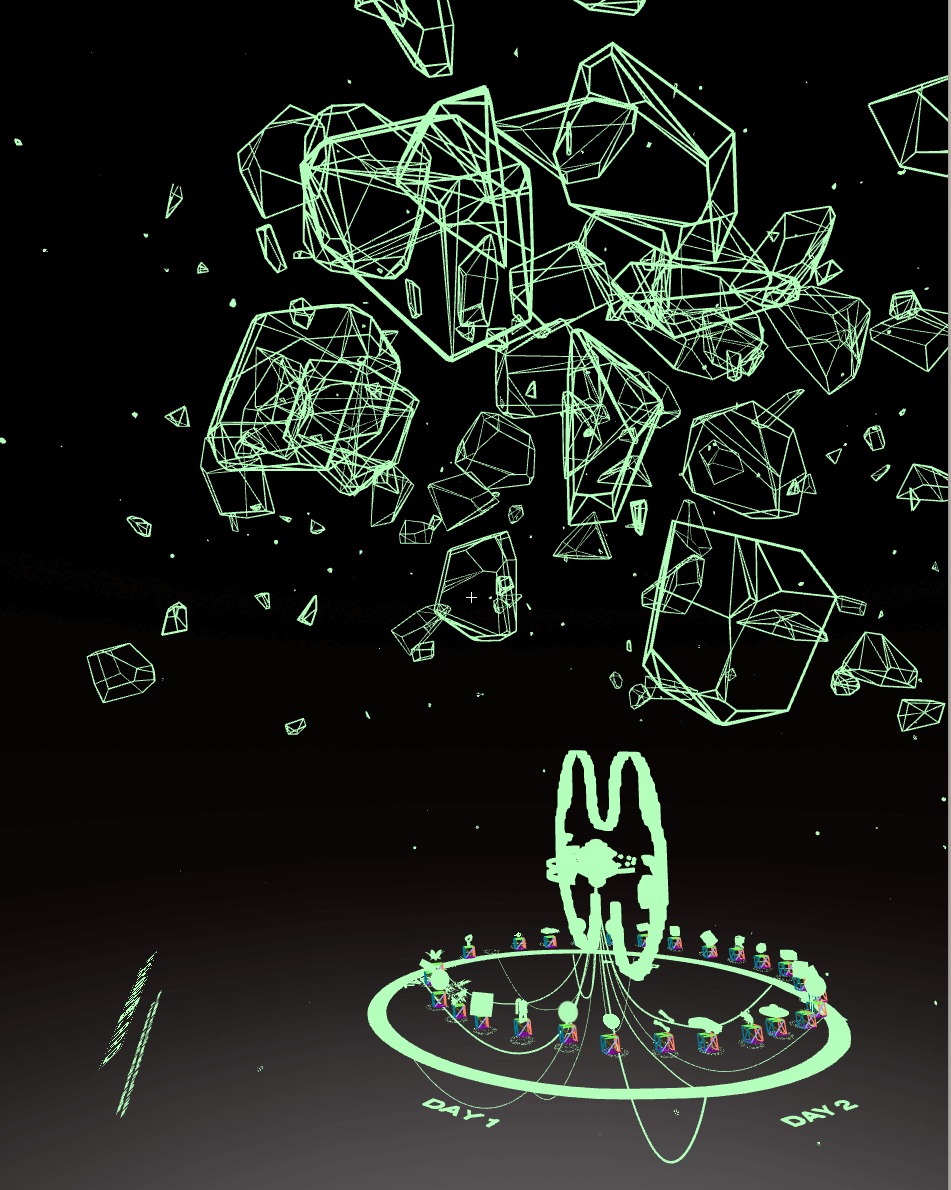
Since launching in 2020, each year New Art City presents an online festival to celebrate their prolific exhibition schedule and provide new paths of access to its flourishing artist community. In 2023, this culminated in “MEMORY CARD,” a compilation of past shows: an exhibition of exhibitions. On entering the decidedly cosmic festival grounds, visitors walk up to a circular arrangement of whimsical 3D models—a UFO, a flower petal, a glitching man in a suit—each hovering over a small portal and each connected to a large rotating sigil; a constellation of chunky wireframe asteroids slowly orbit overhead. Playful, experimental exhibitions featuring artists including Henrique Fagundes, Sonia Levesque, Nadya Plyamko, and Claire F. Staples are accessed by stepping through each of the portals.
Q: Sammie said something to the effect that onboarding new users is “more about culture than technology.” Could you describe the types of co-teaching and co-learning that you do with artists, curators, and institutions when getting them up and running on NAC?
A: This is the case with any new technology with a limited history of popular use. The affordances of the media remain relatively fixed over time, but as more people gain access to them, we learn how to make them more resonant. This comes through in our documentation and our Discord community. The New Art City toolkit is relatively simple to master, but the suite of tools that make up virtual production can be a lot more complicated. We write guides on Blender for beginners, asset optimization, and web accessibility, but we also write case studies on creative approaches to virtual installation.
Technology doesn’t make meaningful art—people do. Each time New Art City meets with an artist, educator, or institution, we start by asking their wildest dream, then work backward into what is possible with our system. Through each of these collaborations, we learned how to use our own tools better and which features to focus on next. That knowledge continues to serve future projects. What we’re offering to artists isn’t ‘VR’ as a technology—it’s installation as a medium. In physical space, installation is typically reserved for highly resourced artists. New Art City opens this tactic to an entire group of artists who have not had access to it before.
Technology doesn’t make meaningful art—people do. Each time New Art City meets with an artist, educator, or institution, we start by asking their wildest dream, then work backward into what is possible with our system. Through each of these collaborations, we learned how to use our own tools better and which features to focus on next. That knowledge continues to serve future projects. What we’re offering to artists isn’t ‘VR’ as a technology—it’s installation as a medium. In physical space, installation is typically reserved for highly resourced artists. New Art City opens this tactic to an entire group of artists who have not had access to it before.
Q: You recently launched the Virtual Access Lab with the support of Gray Area. How does this initiative double down on what you outlined above and—beyond NAC—what impact would you like to see this lab have?
A: We’ve always organized around access in an intersectional sense. Virtual installations should be easy to author, fast to run on any machine, including mobile, and accessible to visitors with disabilities. Disabled folks have been asking institutions for more accessible remote programming since time immemorial, and it was frustrating to see a lot of people capitalizing on the pivot to virtual without addressing access.
VR is marketed in a highly retinal way, but spatial practice doesn’t have to be like that. Alt text and visual description are important tools for web accessibility. These were easy features to implement and nobody else was doing it—it felt urgent. Access work often happens at the end of the creation process, but we wanted it to be present from the ground up. We introduced a catalogue view early on, which generates a 2D layout of the artworks from every 3D exhibition using the alt text metadata field from each object.
That said, there is a difference between visiting an exhibition and reading the catalogue. Moreover, providing an alt text field does not guarantee that an artist will use it and indeed, many artists do not. Our most recent annual festival, “MEMORY CARD,” was conceived as a blueprint for a more expansive approach to access. We invited all previously exhibiting artists to return to their spaces and add alt text if it was missing. Each artist also contributed an interview and video tour with live visual descriptions, all of which were conducted by Sammie. Our goal is to make technical tools and cultural practices available to artists and open a space for this work as a community practice rather than an individual one.
VR is marketed in a highly retinal way, but spatial practice doesn’t have to be like that. Alt text and visual description are important tools for web accessibility. These were easy features to implement and nobody else was doing it—it felt urgent. Access work often happens at the end of the creation process, but we wanted it to be present from the ground up. We introduced a catalogue view early on, which generates a 2D layout of the artworks from every 3D exhibition using the alt text metadata field from each object.
That said, there is a difference between visiting an exhibition and reading the catalogue. Moreover, providing an alt text field does not guarantee that an artist will use it and indeed, many artists do not. Our most recent annual festival, “MEMORY CARD,” was conceived as a blueprint for a more expansive approach to access. We invited all previously exhibiting artists to return to their spaces and add alt text if it was missing. Each artist also contributed an interview and video tour with live visual descriptions, all of which were conducted by Sammie. Our goal is to make technical tools and cultural practices available to artists and open a space for this work as a community practice rather than an individual one.
“VR is marketed in a highly retinal way, but spatial practice doesn’t have to be like that. Alt text and visual description are important tools for web accessibility. These were easy to implement and nobody else was doing it—it felt urgent.”
Q: What does the NAC tech stack look like? What frameworks, protocols, and formats are you drawing on to create your bespoke virtual exhibition framework, and what is on the roadmap?
A: We’ve benefited greatly from open-source software like Three.js, which we use for the 3D portion of the experience. The 2D interface was initially coded from scratch, and we recently integrated a tiny component framework called Nanocomponent. The multi-user features are a combination of WebSockets which make it highly responsive to collaboration, and a multiplayer positioning server called Geckos.io.
In terms of features, we’re looking forward to launching a social layer that spans 2D and 3D, incorporating the modes of communication that we’ve known and loved from Web 1 and Web 2. Forums, chat rooms, threaded discussions, and things like this are exciting to us. We’re also working toward a more accessible 3D experience with ‘autopilot mode,’ inline captioning, and in-gallery audio tours.
In terms of features, we’re looking forward to launching a social layer that spans 2D and 3D, incorporating the modes of communication that we’ve known and loved from Web 1 and Web 2. Forums, chat rooms, threaded discussions, and things like this are exciting to us. We’re also working toward a more accessible 3D experience with ‘autopilot mode,’ inline captioning, and in-gallery audio tours.
Q: Navigating virtual space with the W, A, S, and D keys feels like second nature to a gamer. What influence have videogames had on New Art City?
A: In some sense, this feels like more of an exhibition design question than a technical question, or the answer has less to do with the toolkit architecture and more to do with how we use the toolkit to make art. It was a conscious decision to avoid designing New Art City as a game engine. Sometimes when we are installing for clients we joke that we’re playing Art Installer: The Videogame, the videogame where you install real art! Of course, we all grew up playing games, and so did many of the artists who show with us. People like Danielle Brathwaite-Shirley and Wade Wallerstein are great examples of folks who use videogame aesthetics in their work and who have used New Art City to great effect.
The New Art City aesthetic is partially a result of the technical constraints of the medium, as is the case with any game system. We tend to resemble PlayStation 2 games because building for the web requires you to think a lot like a 1990s game designer. 1k textures (or smaller) are ideal, physics are minimal, and collisions are nonexistent. We definitely get comparisons to Myst a lot, which partially reflects the core mechanic of New Art City, which is basically ‘walk around and look at stuff.’ We definitely draw some inspiration from LSD Dream Emulator, which is another example of how a game doesn’t have to have complex mechanics or simulations to be interesting.
It’s important to be aware of how the WASD scheme is not as accessible to those who aren’t accustomed to gaming vernaculars. Virtual architecture has much to learn from game design– things like ‘breadcrumbs’ or ‘funnels’ are important techniques for making spaces approachable to folks who aren’t as comfortable navigating in 3D. In the context of art, those rules can be much looser. People who may have grown up playing video games but ended up in different artistic media can appropriate videogame aesthetics in new ways. This simple fact explains the New Art City aesthetic more than any encoded features. When 80% of the artists using the tool have never made a game before, you see a lot of creative approaches that aren’t determined by the aesthetic conventions of games as a medium.
The New Art City aesthetic is partially a result of the technical constraints of the medium, as is the case with any game system. We tend to resemble PlayStation 2 games because building for the web requires you to think a lot like a 1990s game designer. 1k textures (or smaller) are ideal, physics are minimal, and collisions are nonexistent. We definitely get comparisons to Myst a lot, which partially reflects the core mechanic of New Art City, which is basically ‘walk around and look at stuff.’ We definitely draw some inspiration from LSD Dream Emulator, which is another example of how a game doesn’t have to have complex mechanics or simulations to be interesting.
It’s important to be aware of how the WASD scheme is not as accessible to those who aren’t accustomed to gaming vernaculars. Virtual architecture has much to learn from game design– things like ‘breadcrumbs’ or ‘funnels’ are important techniques for making spaces approachable to folks who aren’t as comfortable navigating in 3D. In the context of art, those rules can be much looser. People who may have grown up playing video games but ended up in different artistic media can appropriate videogame aesthetics in new ways. This simple fact explains the New Art City aesthetic more than any encoded features. When 80% of the artists using the tool have never made a game before, you see a lot of creative approaches that aren’t determined by the aesthetic conventions of games as a medium.
“We tend to resemble PlayStation 2 games because building for the web requires you to think a lot like a 1990s game designer. 1k textures (or smaller) are ideal, physics are minimal, and collisions are nonexistent.”
Q: As a team at the bleeding edge of virtual exhibition design, what are your thoughts about VR and MR in the short and longer term (e.g. 2-year and 10-year timeline)? Will the exhibition visitor of the future be wearing goggles?
A: Bleeding edge is an interesting descriptor because it feels more like we’re trying to pick up the folks who get left behind as technology advances unceasingly into the future. Most artists exist in the wake of this technical advancement. Works with brand-new media often resemble proofs of concept more than ‘artworks’ but of course that line is blurry. We are all perennial beginners because the ground constantly shifts under our feet. We take a lot of pride in providing a tool that is used by everyone from 6-year-olds to PhDs. Our main goal is to expand the board of virtual production to more people who didn’t have access before. The audience we want to reach is not likely to own a headset, especially those whose only digital device is a mobile phone.
This doesn’t mean we’re ignoring the headset altogether. This Fall, Virtual Access Lab partnered with Leonardo and HTC VIVE Arts to develop a headset-compatible New Art City experience for one of our first commissions with Nat Decker. Today we’re most focused on making the authoring experience seamless while continuing to support artists throughout the journey of concept, creation, exhibition, and preservation. We don’t have much power over the technology more broadly, but we do have agency in helping people make good work.
The head-mounted display is a decades-old technology at this point, which nonetheless has failed to reach mainstream adoption despite a lot of investment in the past 10, 20, 30 years. Sammie has a stack of Wired Magazines from the early ‘90s and it’s uncanny to see how VR is being discussed in much the same way now as it was 30 years ago. It doesn’t seem guaranteed that another 10 years will change anything, but still screens as the primary mode of experience leave much to be desired. In the next two years, we’re planning to explore more strategies for physical New Art City installs including things like projection mapping, accessible physical control schemes, and locally hosted arcade cabinets.
This doesn’t mean we’re ignoring the headset altogether. This Fall, Virtual Access Lab partnered with Leonardo and HTC VIVE Arts to develop a headset-compatible New Art City experience for one of our first commissions with Nat Decker. Today we’re most focused on making the authoring experience seamless while continuing to support artists throughout the journey of concept, creation, exhibition, and preservation. We don’t have much power over the technology more broadly, but we do have agency in helping people make good work.
The head-mounted display is a decades-old technology at this point, which nonetheless has failed to reach mainstream adoption despite a lot of investment in the past 10, 20, 30 years. Sammie has a stack of Wired Magazines from the early ‘90s and it’s uncanny to see how VR is being discussed in much the same way now as it was 30 years ago. It doesn’t seem guaranteed that another 10 years will change anything, but still screens as the primary mode of experience leave much to be desired. In the next two years, we’re planning to explore more strategies for physical New Art City installs including things like projection mapping, accessible physical control schemes, and locally hosted arcade cabinets.
Danielle Brathwaite-Shirley “City of Dreams” (2021)
Rosa Menkman “The BLOB of Im/Possible Images” (2021)
Henrique Fagundes “Watched Over By Machines Of Loving Grace” (2022)
Gray Area Festival “Worlding Protocol” (2021)
NEW INC & Rhizome Art & Code Track “NFS NSFW NFT” (2021)
Adrian Pijoan “Believe in us but not too much” (2021)
What Just Happened
In this serial interview format, HOLO checks in with artists, designers, curators, and researchers to get the lowdown on a timely topic—be it a new project, exhibition, or current event.Explore more of "What Just Happened:"
→ HOLO.mg/stream/
→ HOLO.mg/what-just-happened/
Greg J. Smith
A writer and cultural worker based in Hamilton, Canada, Greg is an editor for HOLO and his writing has appeared in publications including Creative Applications Network, Musicworks, and Back Office. He is also a PhD candidate within the Department of Communication Studies and Multimedia at McMaster University, where he is researching the emergence of the programmable drum machine in the early 1980s.
